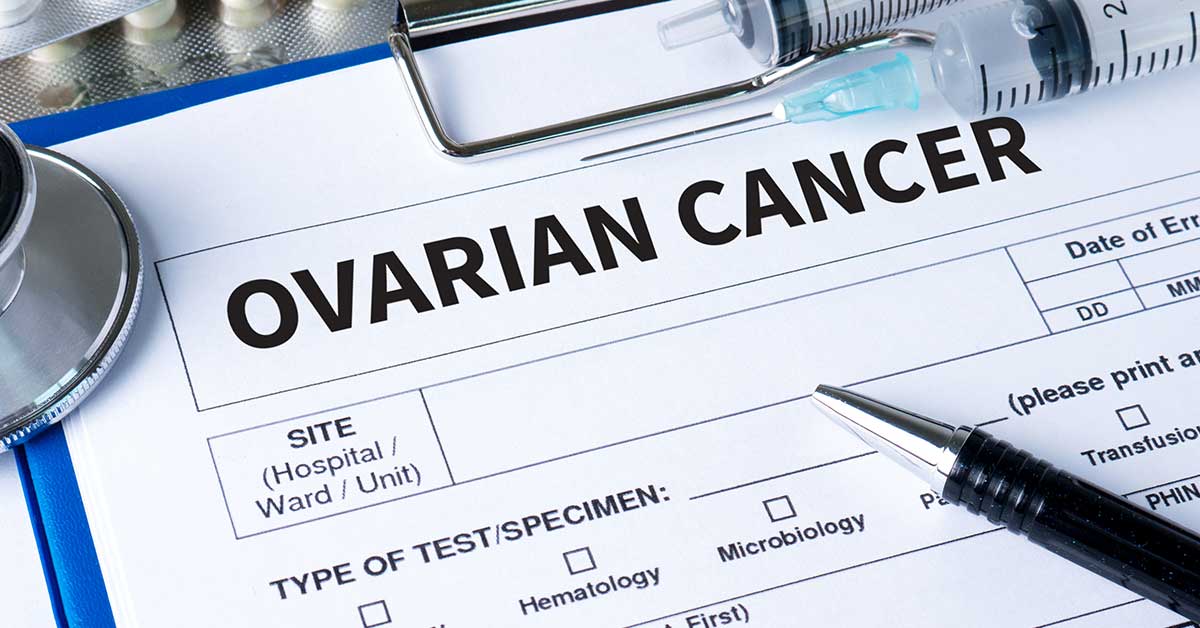Ovarian Cancer Risk Factors And Causes
Singapore Cancer Registry Annual Report 2020 listed ovarian cancer as the sixth most frequent cancer among its female residential population. While its causes are not clear, there are several ovarian cancer risk factors known. These are:
- Age – The risk of ovarian cancer increases with age with most cases occurring in women over the age of 50. Younger women can also get ovarian cancer.
- Family history – Women with a family history of ovarian cancer or women who have inherited gene mutations (of breast cancer genes BRCA1 or BRCA2).
- Reproductive history – Women who have never had children or have not been pregnant. Those who have had infertility issues may also be at a higher risk of ovarian cancer.
- Endometriosis – Women with endometriosis, a painful disorder in which the womb lining is found outside the womb.
- Other cancers – Women who have had breast cancer, colon cancer, cancer of the rectum or uterus.
Ovarian Cancer Prevention
There is no guaranteed way to prevent ovarian cancer but the following may lower the risk:
- Pregnancy – As never having been pregnant is one of the risk factors, women who have been pregnant may have a lower risk of ovarian cancer.
- Oral contraception – Taking oral contraceptives or birth control pills may help lower the risk of ovarian cancer.
- Tubal ligation or hysterectomy– Women who have had their uterus removed or their fallopian tube tied may have a lower risk of ovarian cancer. However, note that these procedures are performed for medical reasons and not specifically to reduce an ovarian cancer risk.
- Healthy lifestyle – Regular exercise, healthy diet and maintaining a healthy weight may help lower the risk.
- Regular pelvic exam and screenings – There are currently no reliable screening methods for ovarian cancer. Pelvic exams may be performed to help detect any abnormalities in the ovaries.
It’s important to note that several ovarian cancer risk factors are inevitable such as age and family history. Above measures are also not recommended for everyone. It is best to consult a healthcare professional or doctor about individual risk factors and any steps to potentially lower the risk for ovarian cancer.
Ovarian Cancer Screening
There are tests often included in health screening packages aimed at screening for ovarian cancer. Some are:
CA 125 test – A blood test that measures the amount of protein CA 125 (cancer antigen 125). CA125 tends to go up when ovarian cancer is present. However, it should be noted that other conditions can increase the level of CA 125, even conditions that are not cancerous.
Pelvic Ultrasound – an ultrasound that scans the overall pelvis including the uterus and ovaries. If the ultrasound result shows cyst in the ovaries and the patient also has high CA 125, it may possibly indicate the presence of ovarian cancer.
Typically, other diagnostic tests are done to accurately determine the presence of ovarian cancer.
Where To Screen?
Health365 in partnership with trusted medical providers offers health screening packages such as CA 125 test and pelvic ultrasound test. Discover these packages now.
Further Reading That Might Interest You
Protect against cancer, cardiovascular disease, and other chronic diseases with regular health screening. Compare and shop for health screenings from Singapore and regional healthcare providers at a single convenient platform - shop.health365.sg
This article is informative only and is not intended to be a substitute for professional medical advice, diagnosis, or treatment, and should never be relied upon for specific medical advice.






